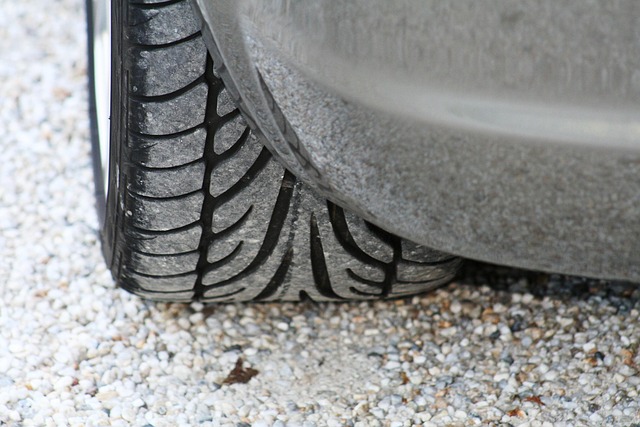Modern Prefab Homes: A Practical Guide to Ready-to-Install Living
Prefabricated homes are changing the way people think about building and owning a house. Combining modern design with efficient construction, these homes offer flexibility, style, and faster move-in times. In this article, you’ll learn what sets prefab homes apart, which features to consider, and how they might fit your lifestyle. Whether you’re exploring housing options for the first time or looking to simplify the buying process, understanding prefabricated homes can help you make an informed and confident choice.

What Are the Key Benefits of Choosing a Prefab Home?
Prefabricated homes offer several distinct advantages over conventional construction. Quality control is significantly higher since components are built in controlled factory environments. Construction time is typically reduced by 30-50% compared to traditional building methods. Additionally, prefab homes often generate less waste during construction and can be more energy-efficient due to precise manufacturing processes and modern materials.
Which Prefab Home Styles and Materials Are Available Today?
Modern prefab homes come in various architectural styles, from minimalist modern to traditional designs. Common materials include steel frames, engineered wood, and sustainable composites. Popular styles include modular homes (built in complete sections), panelized homes (assembled from pre-made panels), and shipping container homes. Each type offers different benefits in terms of customization, transportation, and assembly requirements.
What Should You Know About Installation and Permits?
Before installing a prefab home, you’ll need to secure proper permits and ensure your land meets local zoning requirements. Site preparation is crucial, including foundation work, utility connections, and access for delivery vehicles. Most jurisdictions require specialized permits for prefabricated structures, and working with experienced contractors who understand local regulations is essential.
How Do Prefab Homes Compare to Traditional Construction?
Modern prefab homes generally offer faster completion times and more predictable costs compared to traditional construction. They’re often more energy-efficient and can be built to withstand various climate conditions. While initial costs may be similar, prefab homes typically see reduced labor expenses and minimal material waste.
What Are Essential Tips for Maintaining and Customizing Your Prefab Home?
Regular maintenance of a prefab home includes checking seals between modules, inspecting the foundation, and ensuring proper ventilation. Customization options are extensive, from exterior finishes to interior layouts. Many manufacturers offer modular additions that can be incorporated later, allowing homes to grow with changing needs.
What Are the Current Market Costs for Prefab Homes?
| Home Type | Average Size (sq ft) | Base Price Range |
|---|---|---|
| Modular | 1,500-2,500 | $180,000-350,000 |
| Panelized | 1,200-2,000 | $150,000-300,000 |
| Container | 800-1,600 | $100,000-250,000 |
Prices, rates, or cost estimates mentioned in this article are based on the latest available information but may change over time. Independent research is advised before making financial decisions.
When considering the total investment, factor in site preparation, foundation work, utility connections, and local permits. While base prices may seem attractive, these additional costs typically add 20-30% to the final project cost. Location, customization choices, and local building requirements can significantly impact the total investment.
The prefabricated home market continues to evolve with technological advances and growing demand for sustainable housing solutions. These homes offer a compelling blend of efficiency, sustainability, and modern design, making them an increasingly popular choice for homeowners seeking alternatives to traditional construction methods. Understanding the various options, requirements, and costs associated with prefab homes helps ensure a successful transition to this innovative housing solution.




